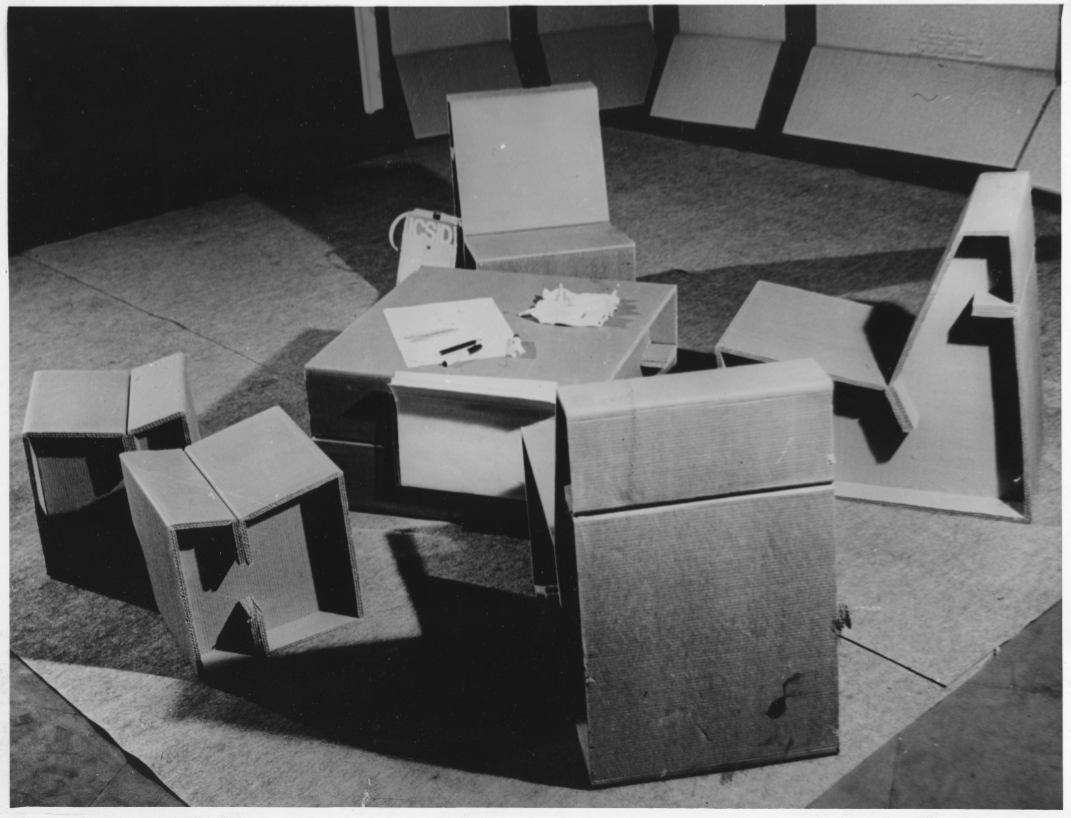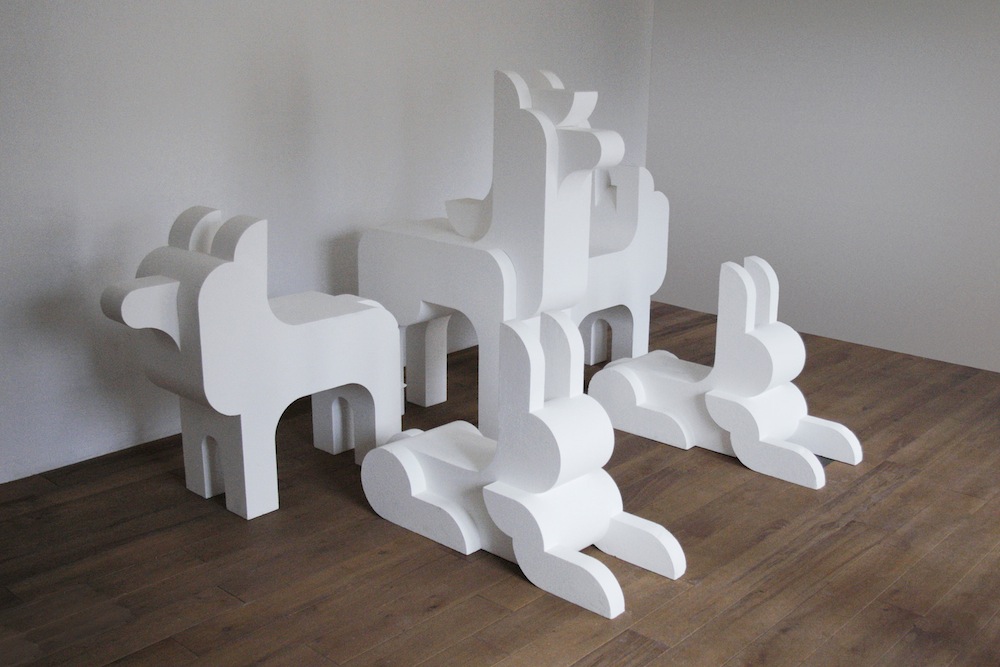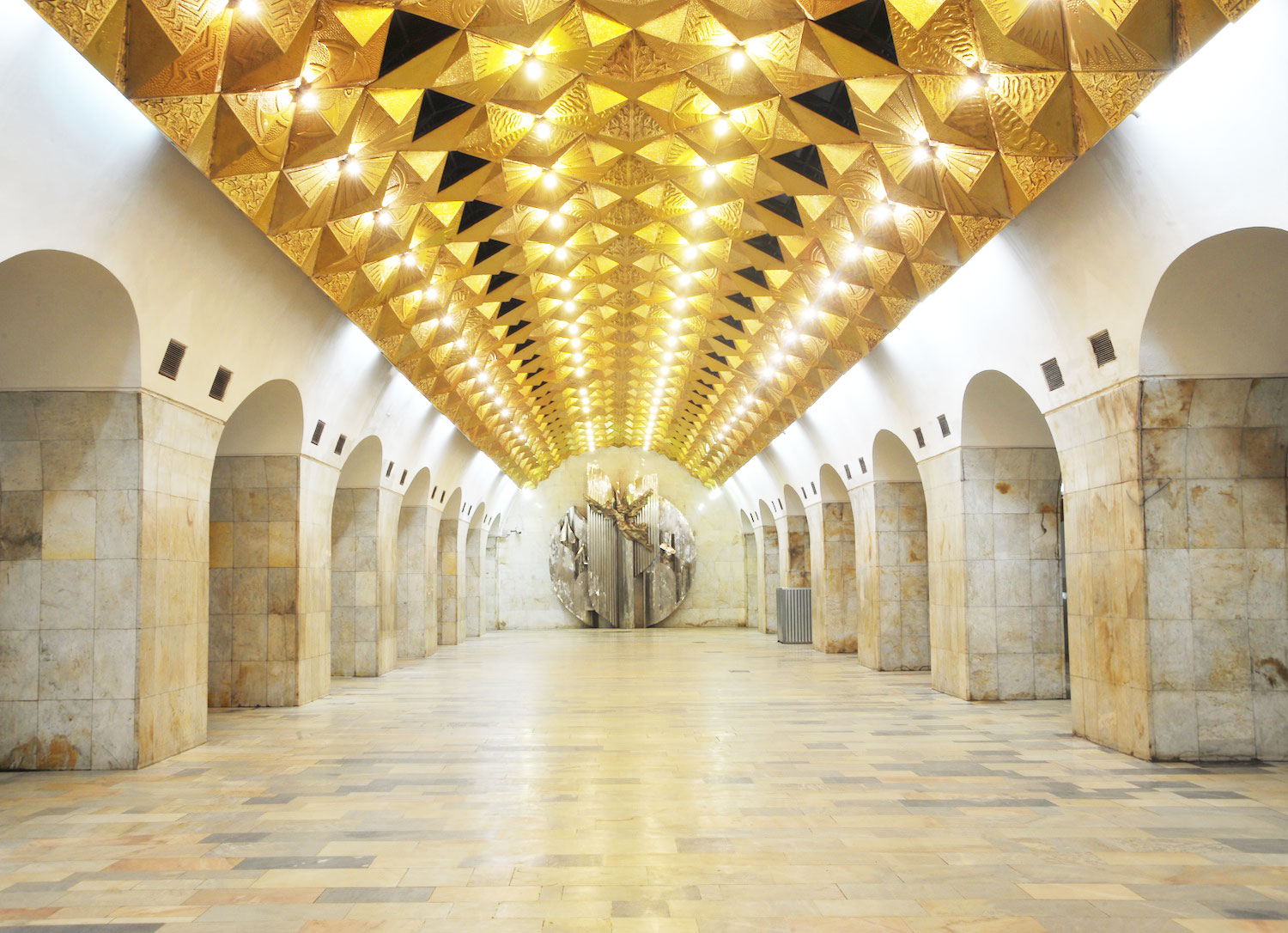Back to the future: what the new Moscow Design Museum can learn from the Soviet past

In a city infatuated with international design superstars, the recently opened Moscow Design Museum is looking closer to home for inspiration.
Moscow may well have been enjoying a design boom in recent years, but this new-found popularity has largely been a process of importing concepts, strategies and individuals from the “former west”. And it’s these big-name blow-ins who are setting the agenda: superstar Dutch architect Rem Koolhaas devised the education programme at aesthetic pacesetters the Strelka Institute while English accents dominate at the influential British Higher School of Art and Design. The tendency to fly in foreign expertise seems to suggest that good design is an essentially non-Russian value, or that only outsiders can reboot Russian taste. Can a fully home-grown initiative — the new Moscow Design Museum, which opened at the end of 2012 — buck the trend?
The Museum’s debut show, Soviet Design: 1950-1980s, sets out to do just that: it privileges the frequently overlooked era of post-war Soviet design, placing emphasis on both positive and negative aspects of its material culture. Importantly, this show makes the point that during late socialism there was a community of designers who believed that design in the Soviet Union could be a socially active discipline that would change the lives of citizens for the better.

Alexander Yermolayev’s temporary cardboard furniture, designed for VNIITE (1975)
During the Stalin era design was largely left to engineers who demonstrated little regard for aesthetics. This began to change in 1962, roughly a decade after the dictator’s death, when the All-Union Scientific Research Institute for Technical Aesthetics (VNIITE) was established. VNIITE — which is featured in the Soviet Design show — set out to develop a new, socialist design methodology that would provide objects of superior quality to those in capitalist countries. They believed that, while capitalist goods were manufactured “spontaneously” to make profit, the USSR could use rational-scientific theories to make functionally and aesthetically superior goods both for the increasingly demanding Soviet consumer and for export.
Their most successful work was often not the type of design you would expect to find in the Soviet Union. Among their more inspiring projects were a taxi designed for disabled passengers in 1966 and prototypes of educational toys based on advanced research into pre-school learning in 1976. Even some well-known western designers such as Tomas Maldonado, frustrated by their reliance on capitalist power structures, looked to VNIITE for new ways of designing that were impossible in the free market.
But VNIITE soon ran into trouble with the authorities. A 1975 conference was shut down without explanation, most likely because its “design for man and society” theme was deemed too political. All of the institute’s materials — slides, presentations and a specially designed multimedia display — were confiscated.
But as hopes for the reform of socialism began to fade, design took on a new significance. Thanks to its potential to highlight the material inadequacies of the socialist system, design came to be valued for its inherent disregard of mediocrity. Designer Dmitry Azrikan later commented that “Design propaganda inevitably turned into a form of anti-propaganda directed against the Soviet system as a whole and its ‘national economy’, which worked against the nation.” The heart of this campaign was VNIITE’s Centre for Technical Aesthetics, an “outpost of design propaganda” established in 1978 on Pushkin Square in Moscow. A predecessor of the Moscow Design Museum, the centre was not only a permanent space for displays of well-designed objects from the USSR and abroad, but also a meeting place for professionals and a venue for lectures and seminars.
Just as VNIITE used design to offer an alternative to the political status quo, the Moscow Design Museum will undoubtedly attract members of the dissatisfied, protest-going middle classes, who are increasingly seeing the value of design. However, its high-profile location at the heart of political and commercial Moscow (in the neo-classical Manege building, just outside the Kremlin) gives it a chance to reach a broader audience.

Isolosphere (1968), design for a chair by Vladimir Paperny and Yevgeny Bogdanov. It allowed the seated person to “hide from the Soviet Union”. It was, unsurprisingly, surpressed
It took a lot of perseverance and luck to even open the museum in the first place: only after curator Alexandra Sankova found herself sitting next to a government minister on a plane did the young team behind the museum find a way to navigate the bureaucratic minefield. Now, having come this far, the challenge is to create shows which engage and inspire the public — something most design museums fail to do.
As a regular visitor to these museums, I am often struck by their banality. The evolution of chairs, blenders on plinths, “iconic” road signs and assorted everyday objects are the norm in European museums showcasing twentieth-century design (there are, of course, notable exceptions). Often the visitor is left to marvel at the forms of sleek objects as if they were consumer appliances in a department store, with no explanation of the extensive technological and social research behind them. The Moscow Design Museum must do its utmost to attract consumers from the large underground shopping centre below it, whilst ensuring that the visitor experience is completely different, inspiring critical engagement with the objects on display. Like VNIITE, the Design Museum needs to find its social function.
“The Design Museum needs to find its social function”
So far, it seems to be heading in the right direction. One of the most exciting elements of the museum’s plans is their mobile exhibition hall. This bus, inspired by the agit-trains which brought propaganda to the masses after the revolution, is the centrepiece of an outreach programme which will extend the museum’s influence beyond Moscow. It will house workshops, educational events and digital versions of the main exhibitions and bring design to new audiences.
Russia’s post-war design history is still largely unexplored, almost as unknown at home as it is abroad. Although VNIITE was never influential enough to overcome the limited horizons of the Soviet nomenklatura, its focus on human-scale, sustainable design means that there is a domestic Russian legacy that can resonate with designers today. Moscow Design Museum has the task of piecing this history together and telling people why it matters.


